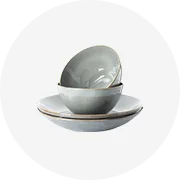
Merryart Reusable Round Empty Plastic Cylinder Container Cookie Jars With Lids For Kitchen Food Home Storage Of Cookie
















Get wholesale cooking pot lids here at Alibaba.com and give your beloved kitchen equipment a new lease on life. Pots with broken lids or handles can be inconvenient, ineffective, or downright dangerous to use. Get your clients' favorite cookware back in action with the long list of available cookware replacement handles, replacement lids for pots and pans, pot knobs, replacement handles for pots and pans, replacement pot lids, and other spare parts for outdoor gourmet cast iron. You can help to save a significant amount of money by offering to refurbish working kitchen equipment instead of letting your customers buying new ones outright. Refurbishing or repairing also contributes to less landfill waste and a lower environmental footprint overall.
cooking pot lids are available in a wide variety. Purchase slow cooker replacement parts and get your slow cooker back where it belongs – in the kitchen cooking up your favorite meals. We're not limited to a particular brand. Get tools of the trade cookware replacement parts, lifetime pots and pans replacement parts, and luster craft cookware parts among others. Shop for lifetime cookware parts to get you and your clients' kitchen equipment back to doing its best cooking delicious food.
Wholesale cooking pot lids will breathe in joy to your customers, their kitchens, family members, and family budget!